In the US, it’s fairly common to see whitetailed and blacktailed deer, coyotes, and all sorts of mesopredators in and around the city. A recent National Geographic article mentioned the increased urban appearance of apex predators like cougars. The article made me think “what does this mean for rehab”? My only experience with an apex in the city had a tragic end. It was a timber wolf that was shot for being too close to a mall. How can rehabilitators assist in preventing human wildlife conflict with this new influx of predators?
Here are some thoughts from IWRC members:
Ned Bruha: The article in Nat Geo, just like their TV programming, is following suit with so many others who have the power to help instead of hinder animals. They have found that If they talk about, film, and add drama to wildlife dilemmas, they make more money. Wildlife and larger predators will always adapt and overcome. If you feed them, they will come.
Rehabilitators will continue to do gratis rehabilitation to “nuisance” and federally protected animals with personal and donated money, while the state and fed wildlife dollars will continue to go towards anything but helping wildlife that is in true need of rehabilitation. Because of this, it is even more important to screen calls to see if animals truly do need a rehabber’s assistance… those first 3 young raccoons sure look cute and inviting in the spring, but how much time and money can you save by explaining to the caller how to keep them with their real mother? The same goes with calls from people afraid about larger predators. Many times, they are raiding garbage cans, hunting at bird feeders and eating pet food left outdoors along with the cat or dog at the outdoor food bowl – often times, these are avoidable situations.
Kevin Bertoli: There is no way we can stop the influx of wild animals into our neighborhoods, short of our own retreat from THEIR habitat. I don’t see that happening, so it is inevitable that they will continue to be destroyed. Rehabbers can assist in slowing this process if they work in conjunction with their local Wildlife Officers and assist in either notifying them, or working with local law enforcement to quickly incorporate sedation and humane removal when a threat arises. This would mean organizing local vets, animal control, wildlife officials and those able to keep the necessary drugs and equipment on hand ready for immediate response.

Leave a Reply
You must be logged in to post a comment.